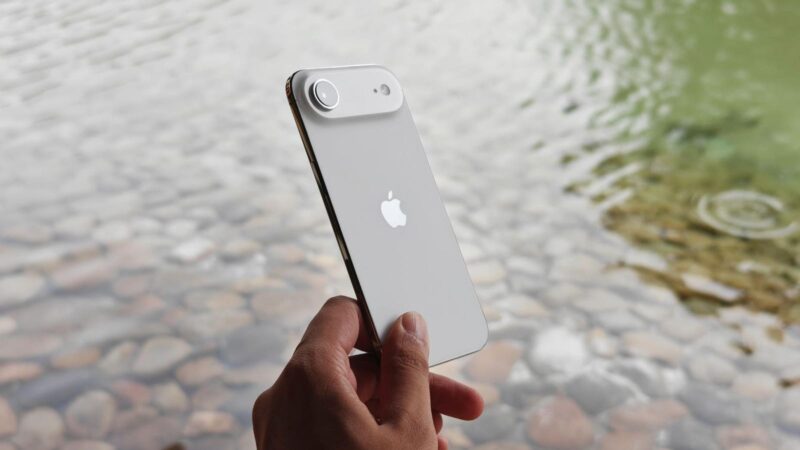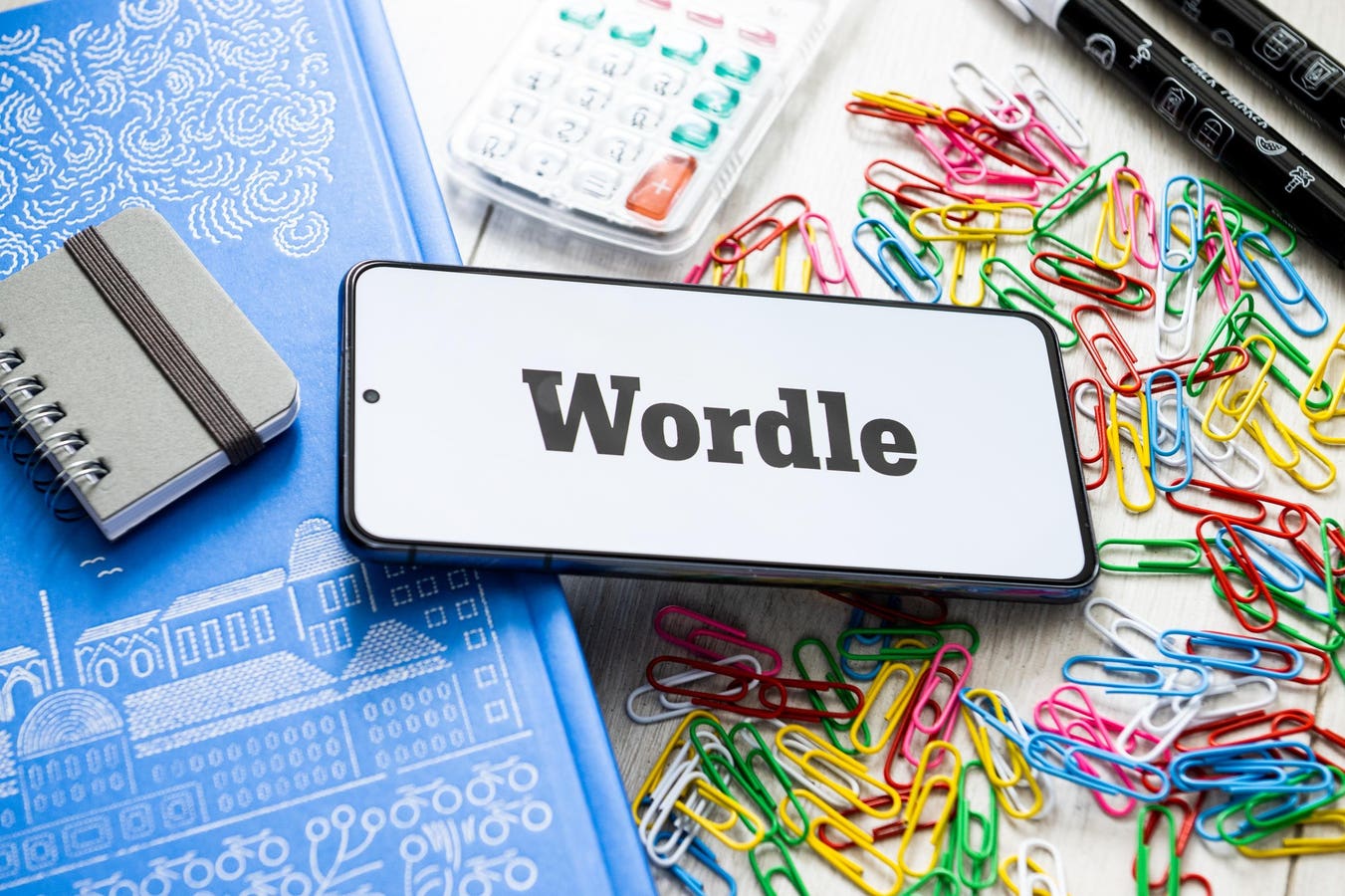Apple iPhone Air
Prakhar Khanna
The Apple iPhone Air debuted alongside its iPhone 17 and iPhone 17 Pro at the yearly Apple launch event in September. While the new phone is being promoted as an ultra-thin device, its real charm lies in the lightweight design. Sure, it is slim at 5.6mm and packs a new Pro chipset, but there’s another metric that matters just as much, if not more than, the slim design.
Apple’s new iPhone Air weighs just 165 grams, which is 12g and 41g lighter than the smaller iPhone 17 and iPhone 17 Pro, respectively. It is even lighter than the more affordable iPhone 16e (167 grams).
At 165 grams, the iPhone Air might not seem surprisingly light on paper, but when you look at the competition, only Samsung’s Galaxy S25 Edge offers the combination of a flagship chipset and premium display in a thin design.
For context, the last Apple smartphone with a 6-inch+ screen that weighed as much as the iPhone Air was the iPhone 12 in 2020. Over the course of five years, Apple has tried two new lineups with the mini and Plus series iPhones. But they didn’t click with consumers, and it replaced the Plus model with an all-new Air lineup this year.
I believe the iPhone Air has a good chance to finally hold strong… despite a few compromises and its $999 price.
Apple iPhone Air display
Prakhar Khanna
While the launch of iPhone Air has met with questions like, “Who is asking for thin phones?” I’ve loved using it in the past week. Like the Galaxy S25 Edge, it is a big phone without the big phone weight. I like having a no-compromise 6.5-inch display in a small phone profile. It is immersive enough for regular use, easily legible in bright daylight, and the new Ceramic Shield 2 protects it from accidental drops. Plus, it is easier to use for me.
I get wrist strain and finger pain from handling 200-gram+ phones on a daily basis, and I believe many consumers would love to have a big screen in a lightweight form factor. After all, not having to compromise on screen size or quality for a lightweight design could be a win for many. A Reddit user said, “I’m disabled with a progressive terminal illness, and as I progress, my hands weaken. The Air has been an absolute game-changer for me, so light and easy for me to hold one-handed now.”
Apple’s thin phone feels more premium than the Galaxy S25 Edge, thanks to its uniform weight distribution and stronger frame. Moreover, you get the same processor (A19 Pro) and 18MP Center Stage selfie shooter as the more expensive iPhone 17 Pro. It can theoretically handle any task you throw at it and offers ultra-stabilized videos on the front camera. While it tends to get warm around the camera module, the heat dissipates quickly.
As you’d expect, there are multiple thin phone compromises on the iPhone Air. There are no ultrawide or telephoto cameras, no stereo speakers, and the battery life is average. It can be easily dismissed as an inferior iPhone, especially when compared to the Pro lineup. And the base iPhone 17 is undoubtedly the go-to upgrade for most people this year.
But the iPhone Air scales back a bit to bring an all-new form factor in the flagship segment. It is for those who are tired of phones getting heavier and want lighter phones – for health reasons or just to remix things a bit. The iPhone Air remains a first-generation device but adds a refreshing spin to big phones. In a world where phones keep getting heavier, the iPhone Air reminds us that light can be just as powerful as big.









